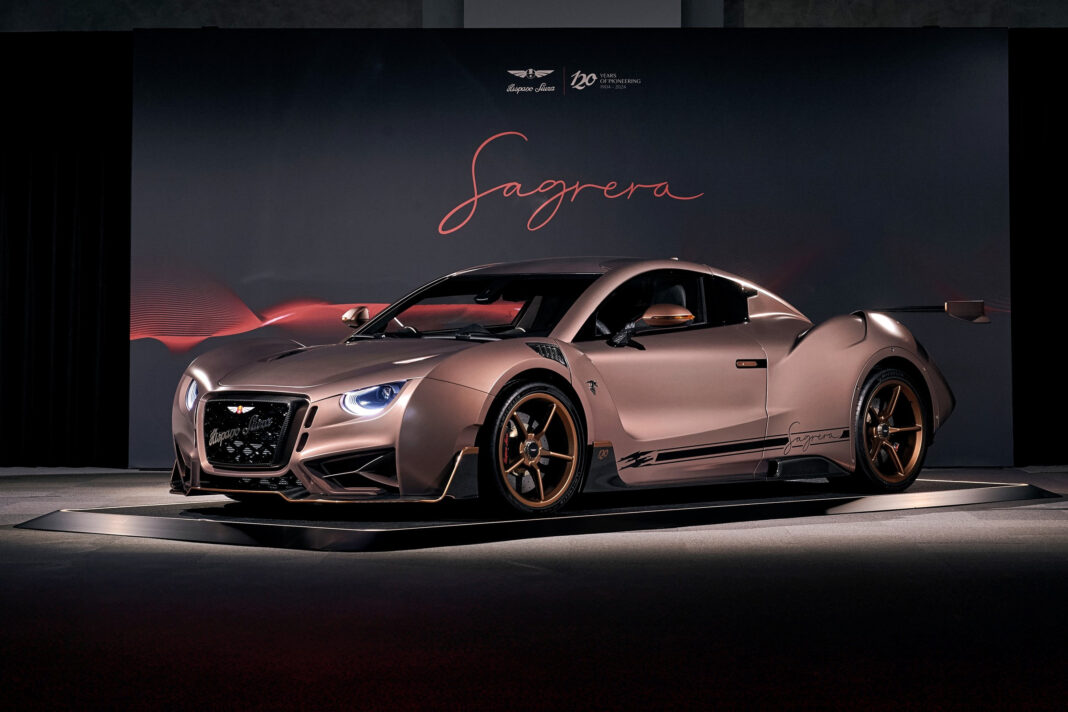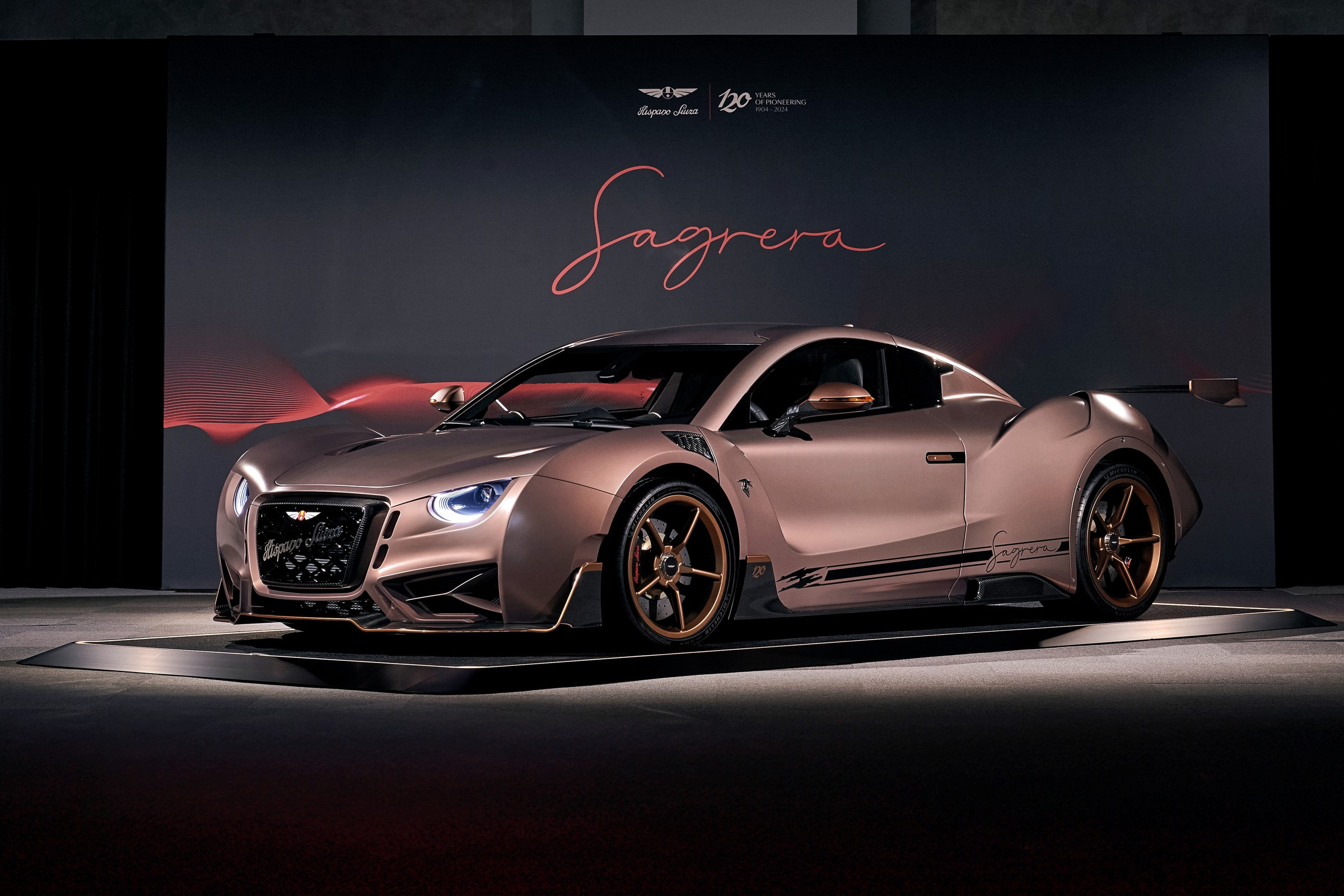
The Spanish company Hispano Suiza, revived five years ago, has unveiled the third iteration of its electric two-seater Carmen supercar, dubbed Sagrera.
The original Hispano Suiza company was founded on June 14, 1904, making it exactly 120 years old today. The founding fathers of Hispano Suiza are considered to be the Spaniard Damian Mateu and the Swiss Mark Birkigt. Before the Second World War, the company successfully competed with Bentley, Bugatti, Maybach and Rolls-Royce, then was fragmented and ceased to exist in its original form. The modern company Hispano Suiza Cars was revived by Miguel Mateu, the great-grandson of Damian Mateu, its first model was the electric supercar Carmen, named after Miguel's mother and Damian's granddaughter, Carmen.

Hispano Suiza Carmen debuted in the spring of 2019 at the Geneva Motor Show, a year later the Carmen Boulogne version was presented with a modified design and improved technical characteristics. According to the German magazine auto motor und sport, the Spanish company, as planned, produced and sold 19 copies of Carmen (costing from 1.5 million euros) and 5 copies of Carmen Boulogne (costing from 1.65 million euros). Now it's time to move on, presented by Carmen Sagrera. By the way, German colleagues published photographs of Carmen Sagrera back in April, but the official world premiere took place today — it, of course, was timed to coincide with the anniversary of the original company Hispano Suiza. Sagrera is one of the areas of Barcelona where the Hispano Suiza company built its first factory in 1907.
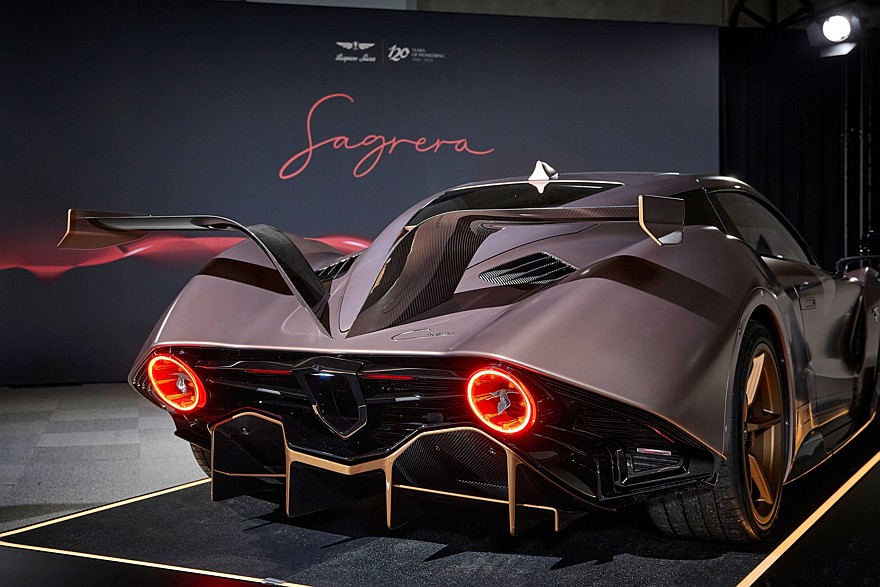
The Carmen Sagrera retains the carbon fiber monocoque and distinctive proportions of its predecessors, but receives additional reinforcements at the front end and a new, more efficient aerodynamic tail, including a V-shaped wing at the stern, reminiscent of the flying stork that is the historical symbol of the Hispano Suiza brand. The interior, according to the American magazine Car and Driver, has been updated with the help of the Italian design studio Italdesign: the shape of the front panel has become much more elegant, the center console and steering wheel have been updated, a more modern multimedia system has been installed, and finishing materials have been improved.
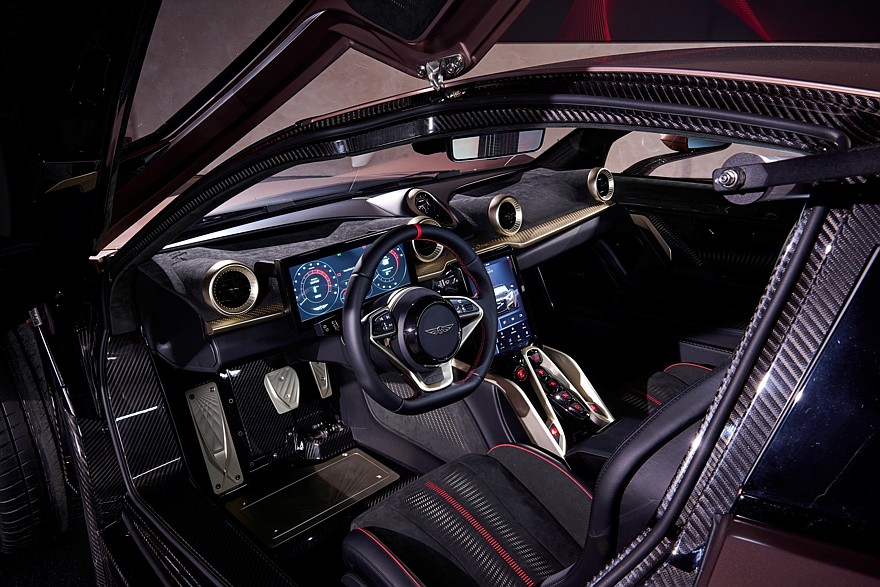 1/8
1/8 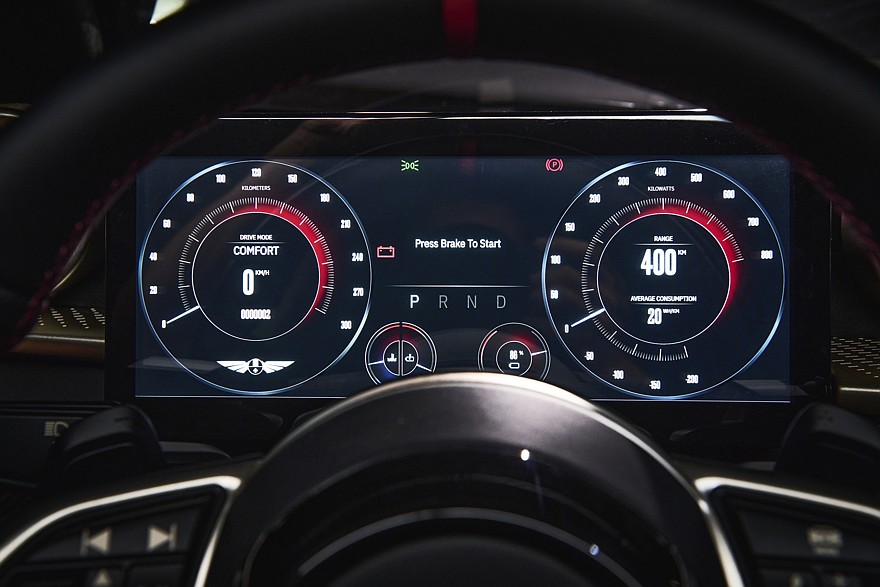 3/8
3/8  4/8
4/8 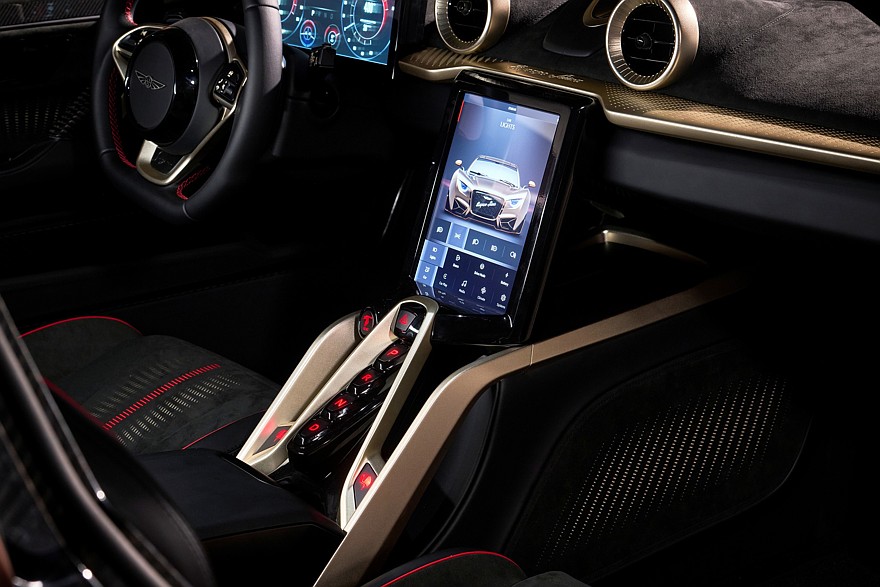 5/8
5/8  6/8
6/8 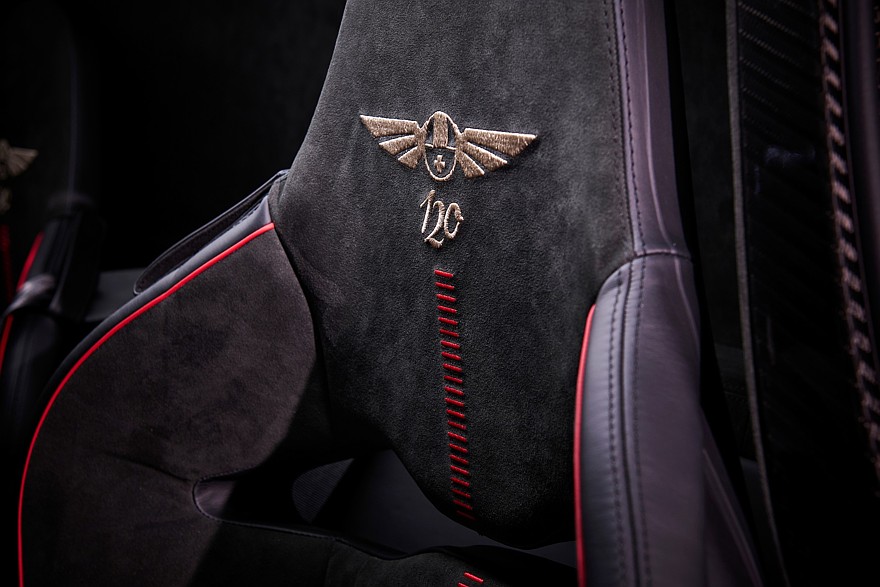 7/8
7/8 The technical changes are even more extensive: instead of two electric motors, four new, more compact and axial magnetic flux motors are installed on the rear axle, their maximum combined output is 820 kW (1,115 hp) and 1,160 Nm. The engines are united by a common single-stage gearbox with a self-locking differential. The Carmen Sagrera accelerates to 100 km/h in 2.6 seconds, the maximum speed is not specified. The 750-volt T-shaped battery in the supercar is completely new, the capacity has increased from 80 to 103 kWh, the range on one charge has increased by 100 km to 480 km in the WLTP cycle.
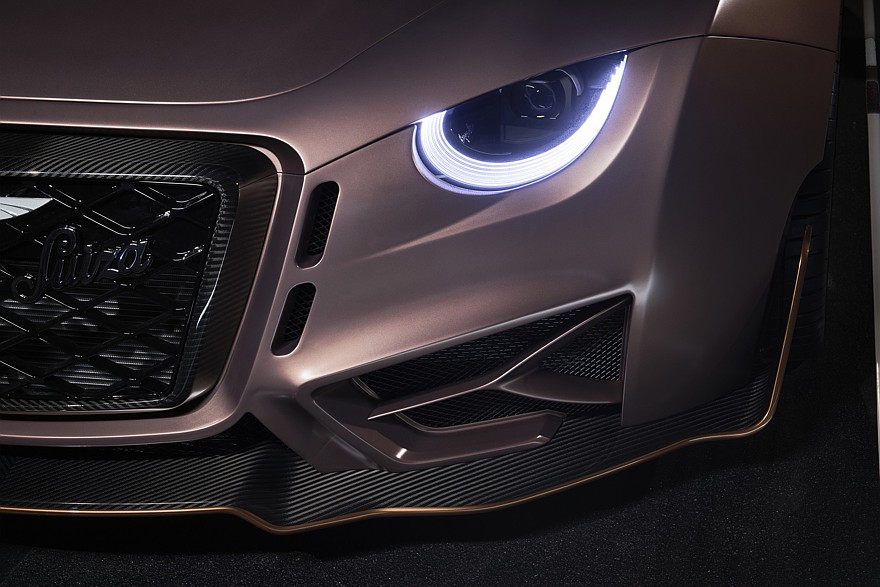 1/8
1/8 2/8
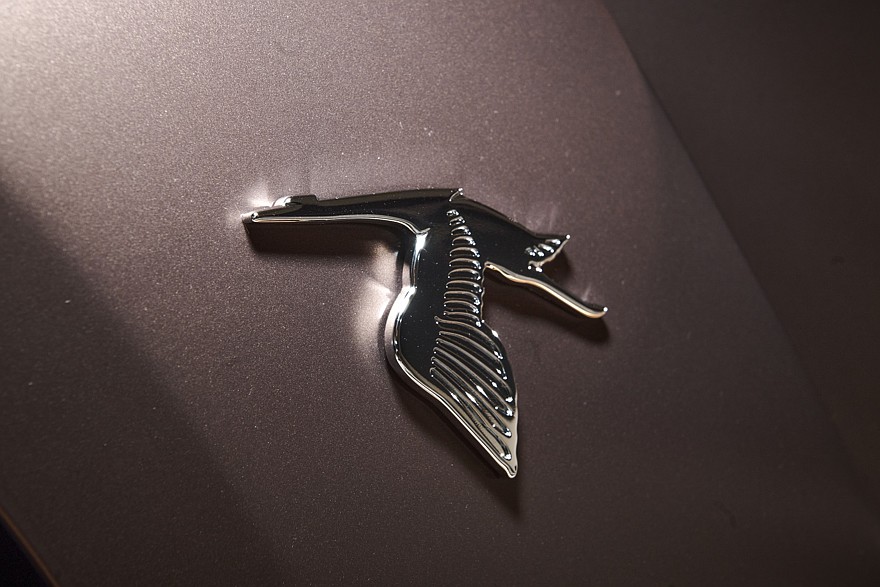 3/8
3/8 4/8
 5/8
5/8 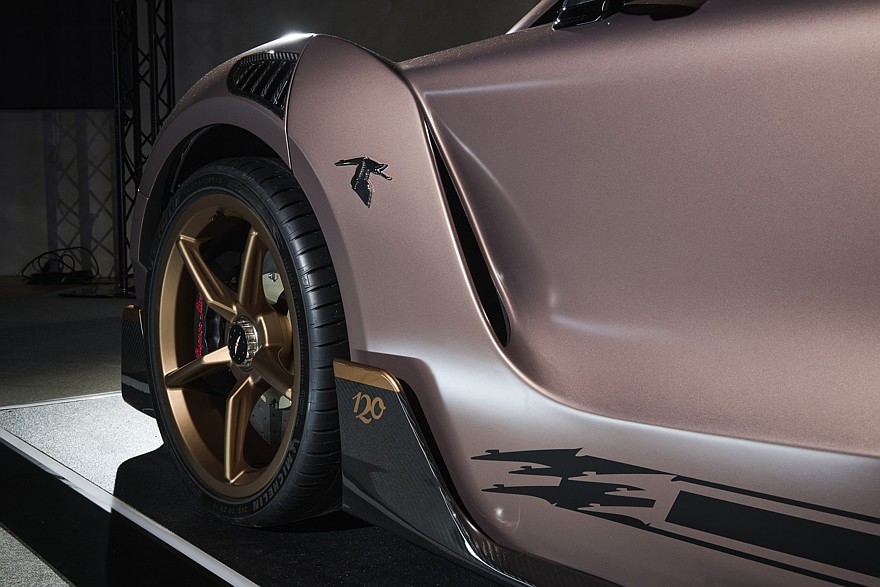 6/8
6/8 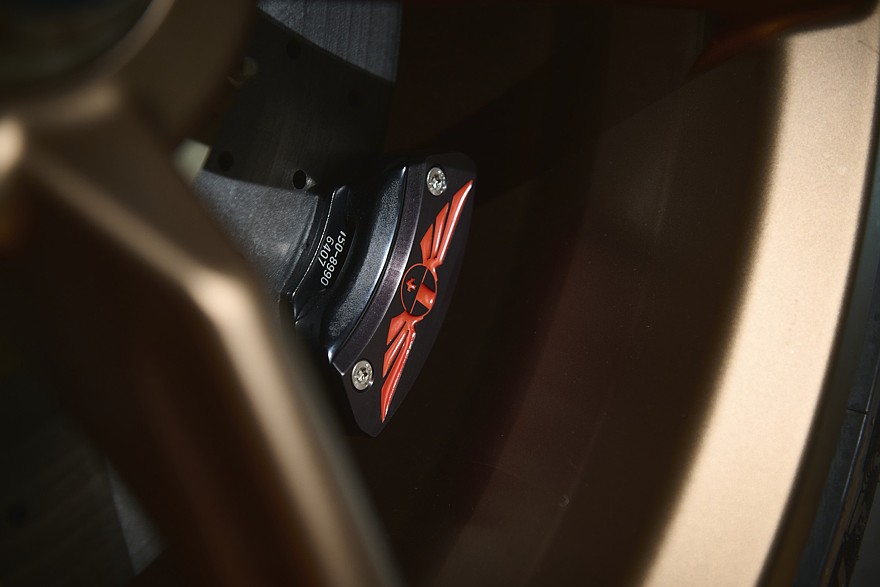 7/8
7/8 8/8
The Carmen Sagrera's fully independent multi-link suspension features adjustable springs and shock absorbers, and the wishbones are made from heavy-duty military-grade steel. All wheels are equipped with carbon-ceramic brake discs with a diameter of 400 mm. The Michelin Pilot Sport 4 S tires, with a pattern reminiscent of the stork and the mosaics of the legendary Spanish architect Antoni Gaudí, were developed specifically for this model. Overall length of Carmen Sagrera — 4733 mm, width — 2382 mm, height — 1242 mm. The curb weight is 1875 kg, and the weight distribution is now ideal — 50:50 (predecessors had 40:60 in favor of the rear axle).
Hispano Suiza Carmen Sagrera costs from 2.5 million euros without taxes, the ordered car needs to wait about nine months.
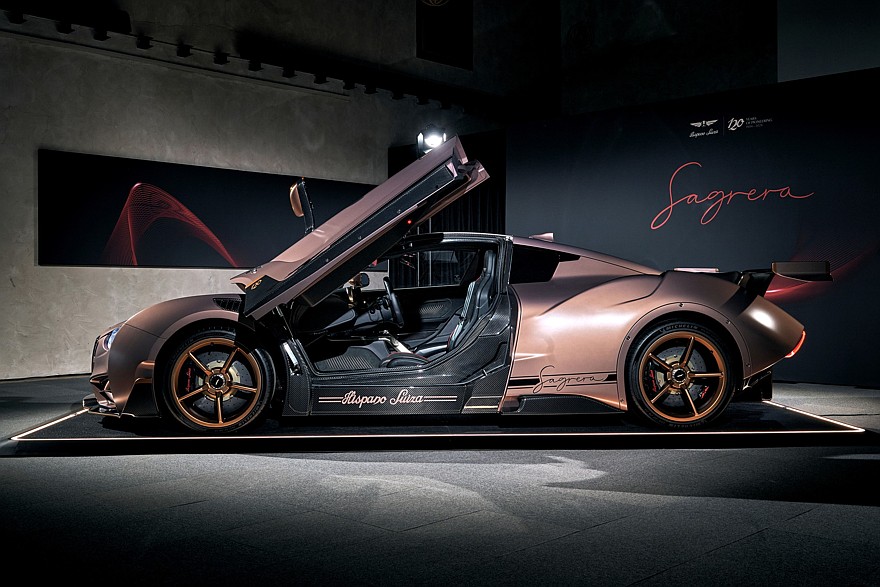
Our regular readers remember that there was also an alternative revived company Hispano Suiza — Swiss Hispano Suiza Automobilmanufaktur AG, it relied on a historical connection with Mark Birkigt, and was founded by the Austrian designer Erwin Leo Himmel. In the spring of 2022, the Swiss Hispano Suiza reported the launch into small-scale production of the mid-engine supercar Maguari HS1 GTS with a 5.5-liter V10 twin-turbo petrol engine producing 1,200 hp, but since then there has been no news from it, the Swiss company’s website is not working.< br />


